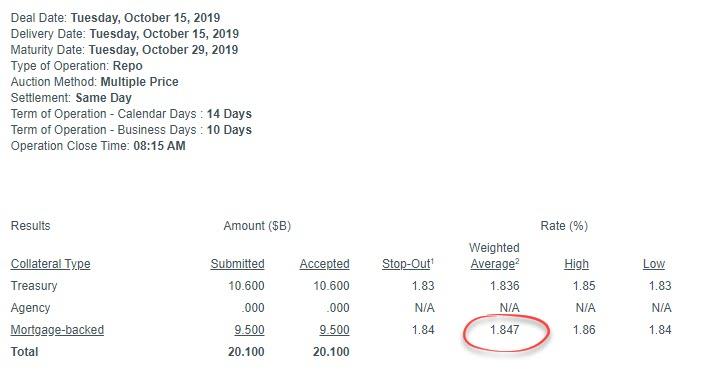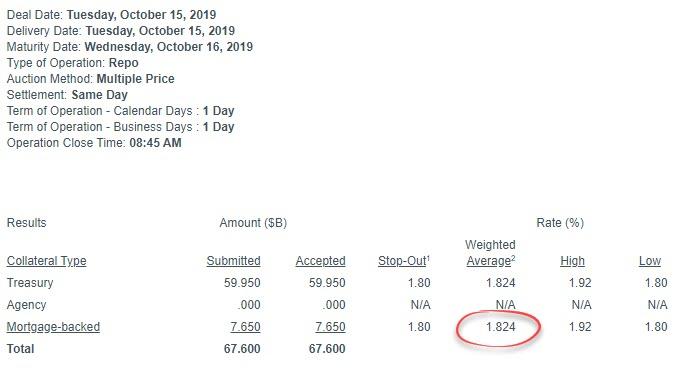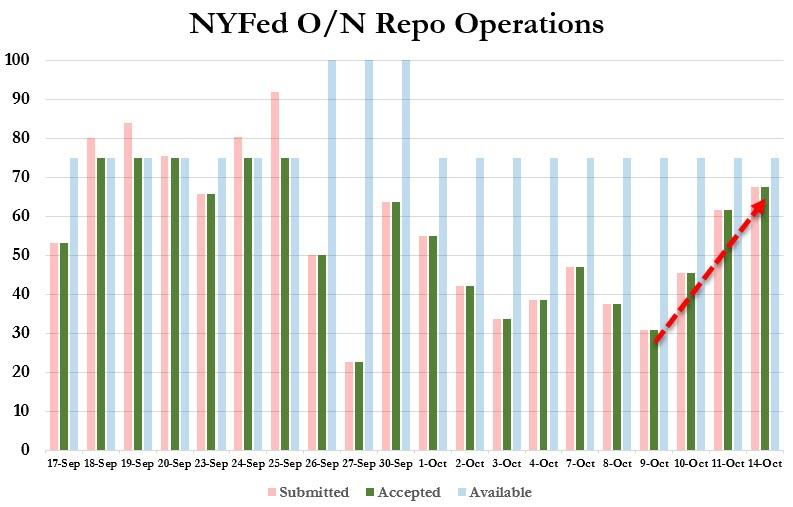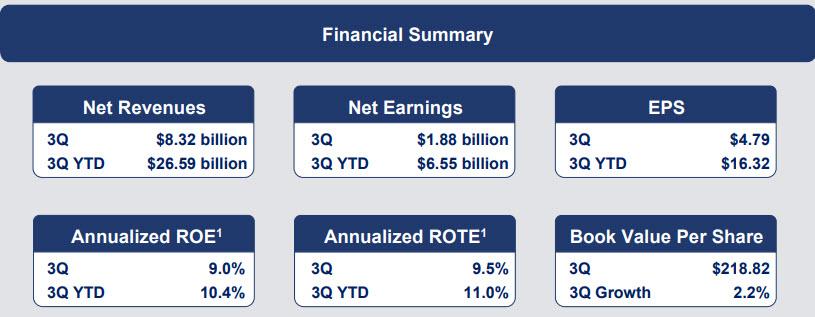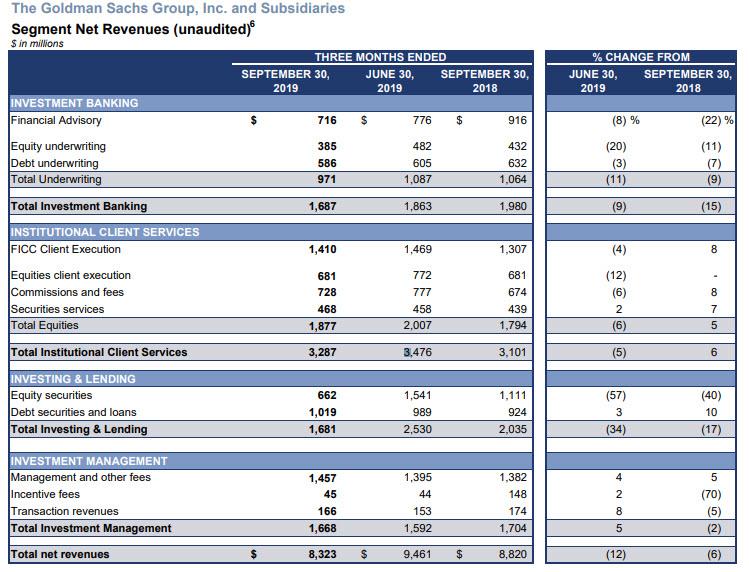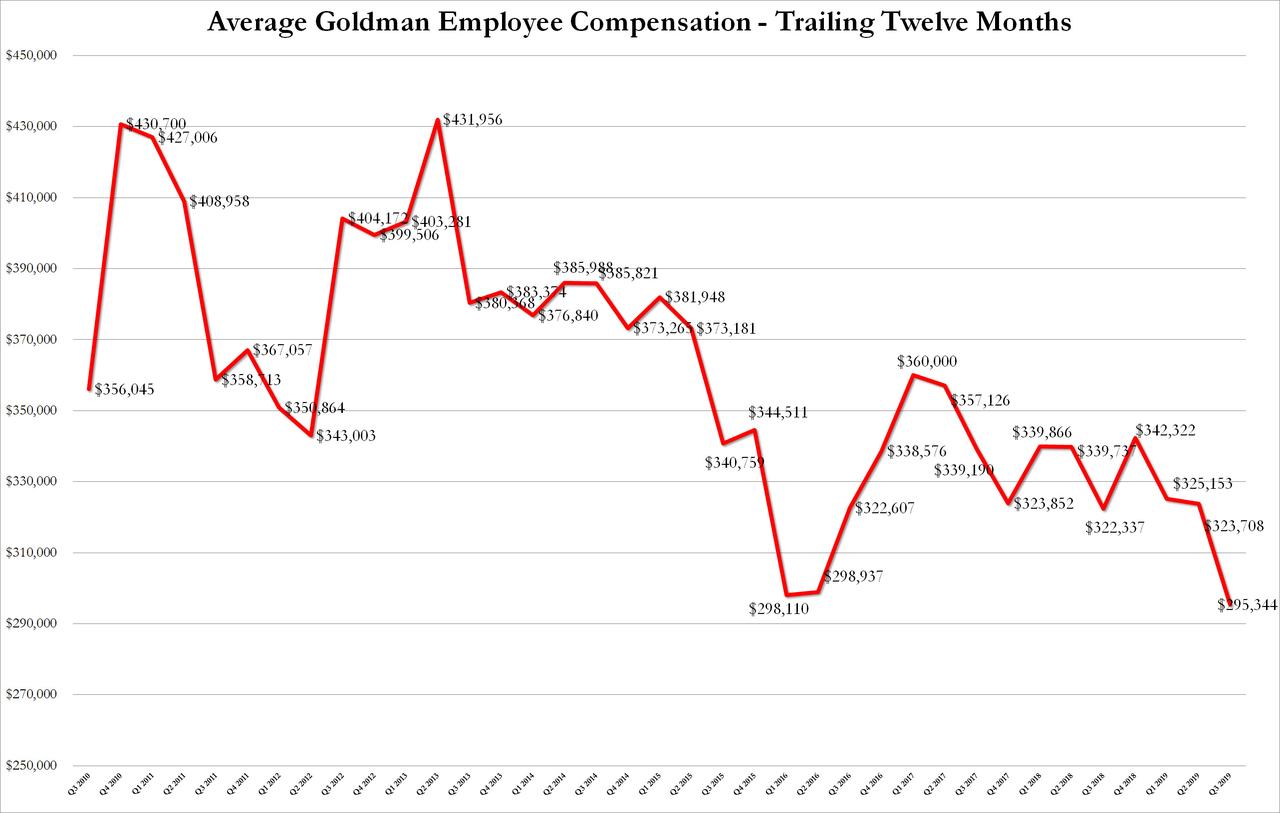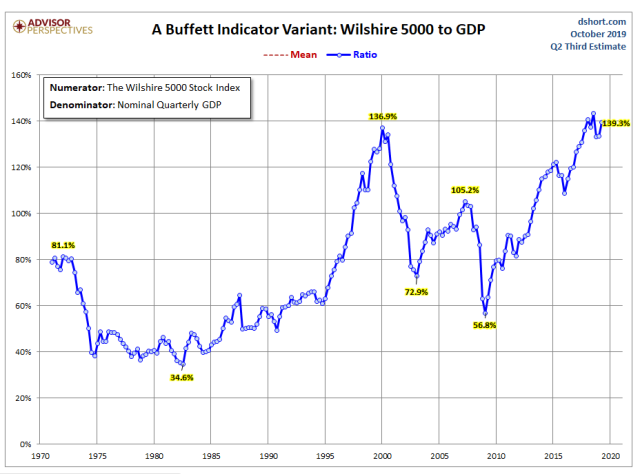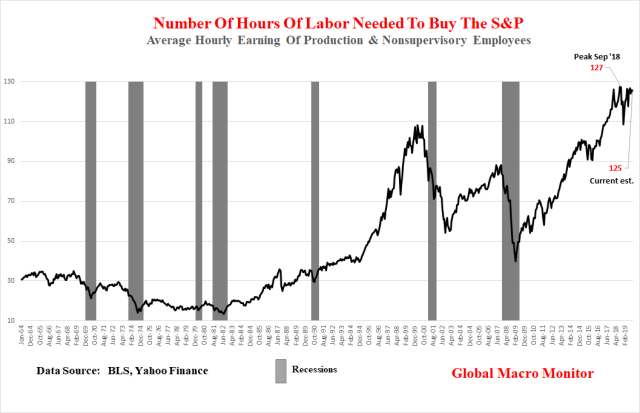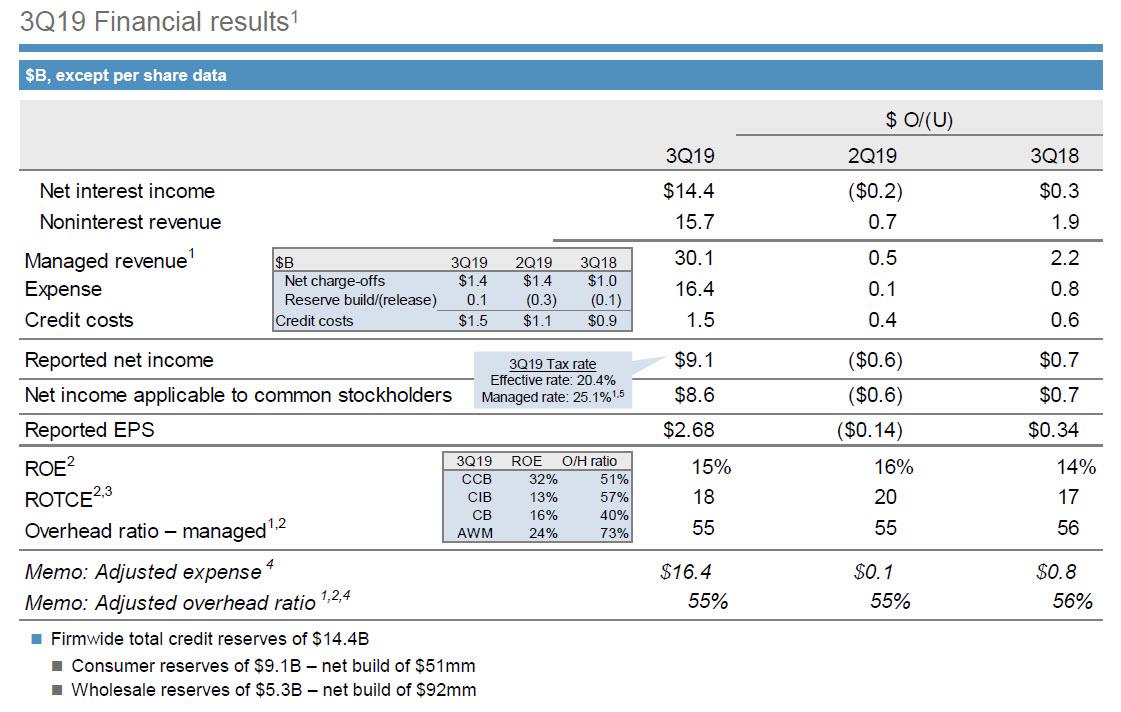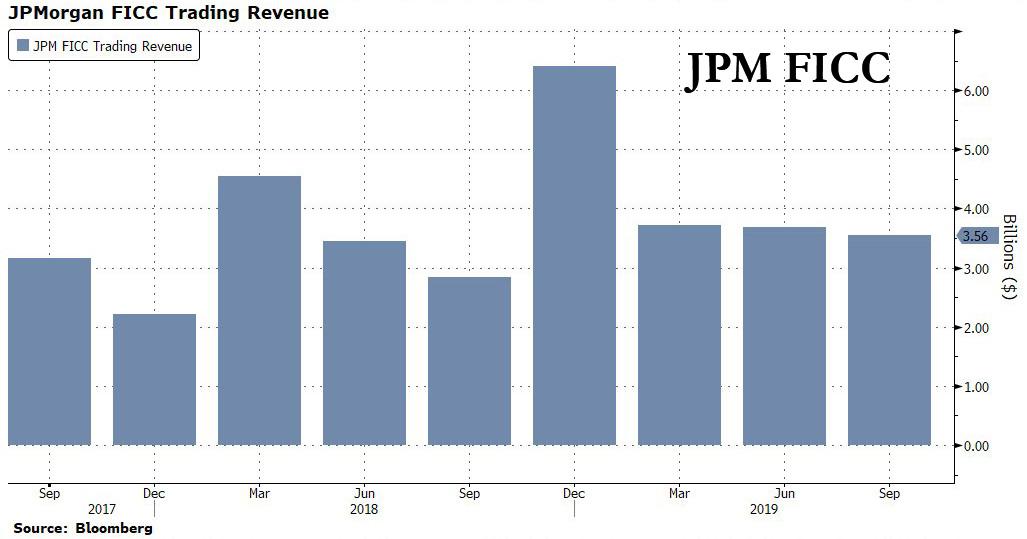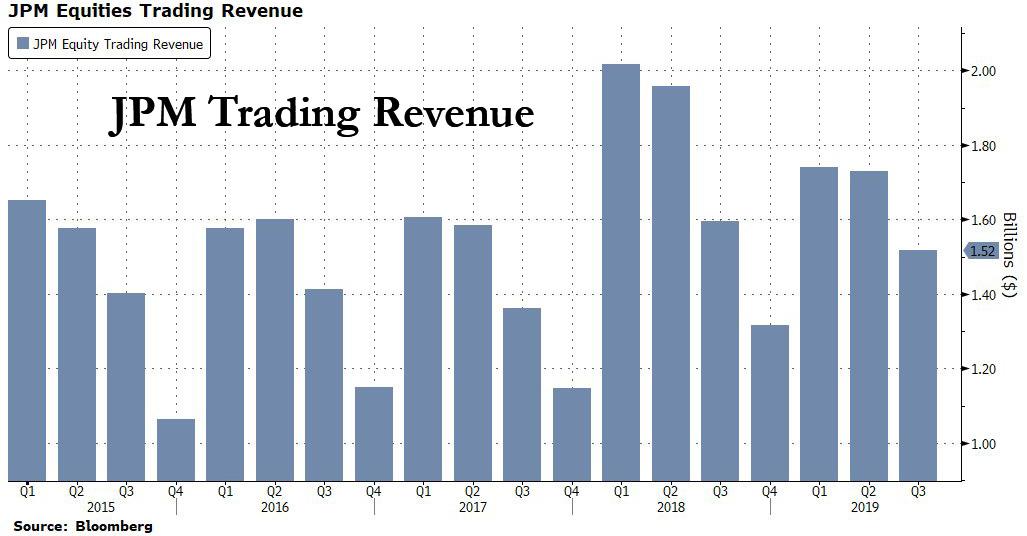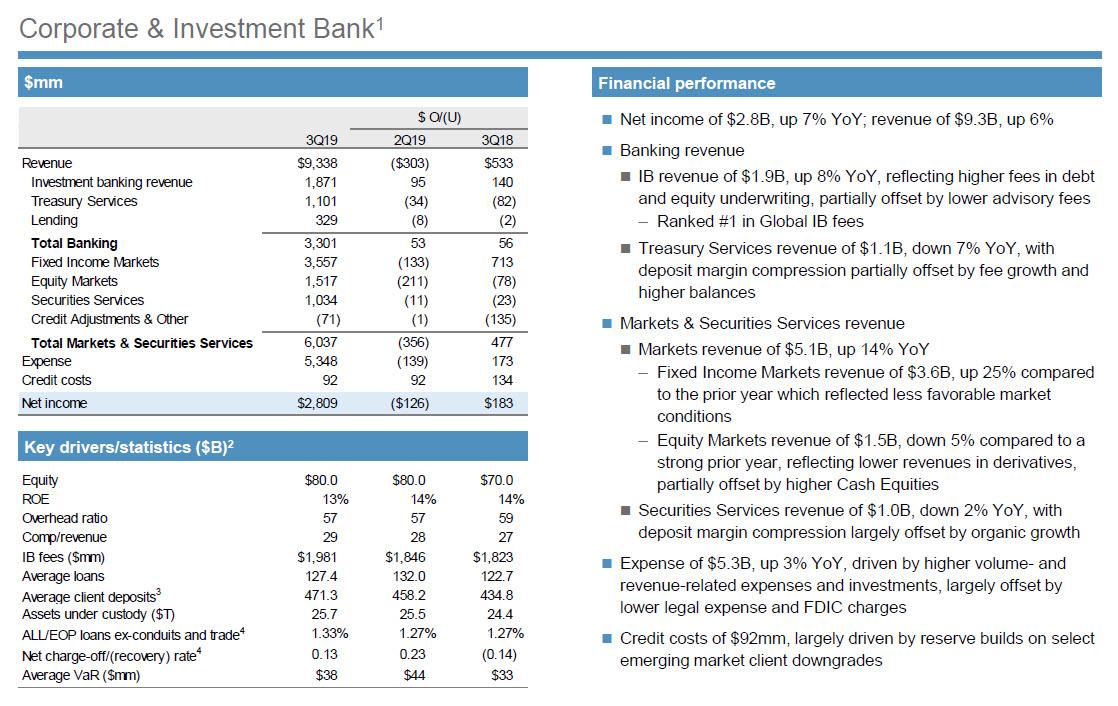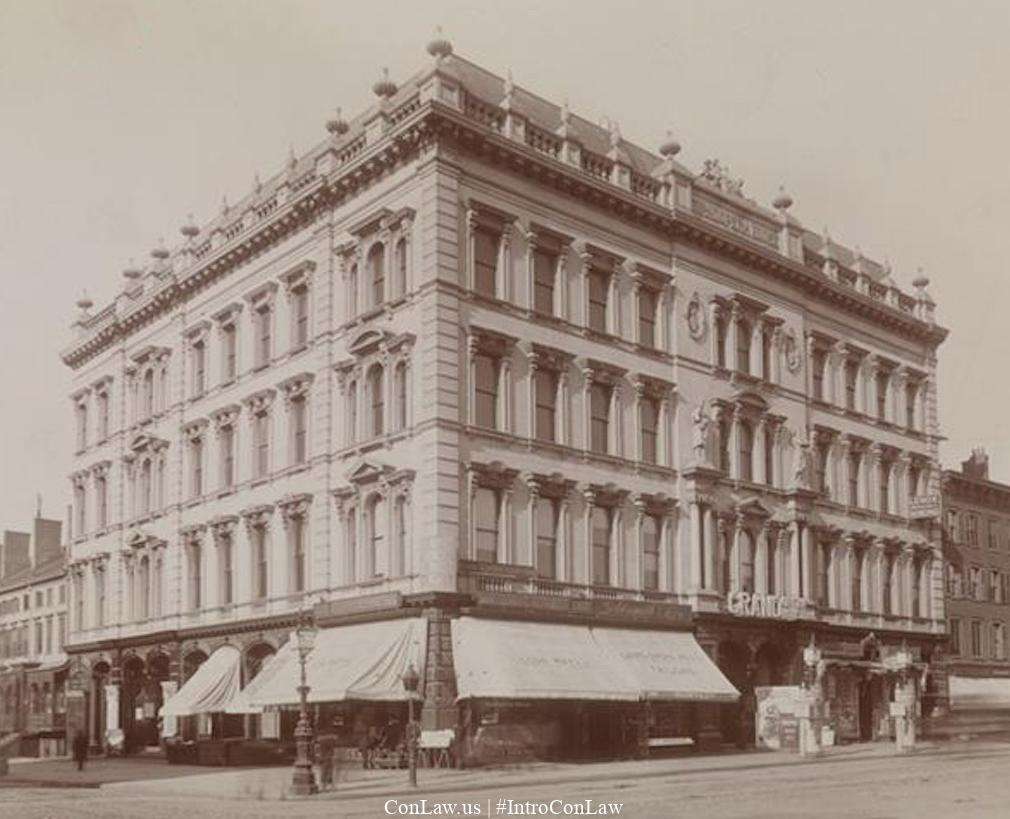Lately, we’ve been hearing that men and women are biologically the same.
A BBC video claims, “There seems to be no purely male brains versus female brains.”
“Seems like we’re just not that different after all,” echoes HuffPost.
Politically correct corporations act as if that were true. When Google engineer James Damore merely suggested that biological differences might explain why half the people in tech are not women, he was fired.
Professor Gina Rippon recently wrote a book that confirms the popular narrative. “New neuroscience that shatters the myth of the female brain” is the subtitle.
Rippon tells Stossel it’s important to tell people that that men’s and women’s brains are the same, so people don’t mindlessly follow gender stereotypes.
Stossel pushes back, “It’s not natural that in school, more boys want to play football and more girls want to do ballet? I want to run and bang into people.”
Rippon responds: “Well, I think actually girls might want to run and bang into people, but because there’s an image that girls don’t do that, they’re stopped from doing that.”
That’s popular to say, but Stossel has covered research that shows big innate differences. In one experiment, students were blindfolded and then walked through the maze of tunnels. They were then asked which direction they’d moved. Men had a much better sense of that than women.
In another experiment, students were left in a cluttered room to wait. Later, women were much better at remembering all kinds of details about that room. Men were more likely to say: “I dunno, some stuff.”
Of course, the students may already have been molded by a sexist society, Stossel notes. But newborns also show gender differences. Boys tend to look longer at objects, like tractor parts, while infant girls stared more at faces.
Stossel asks Rippon about that, who responds: “If you look very closely at the data, a third of the girls actually seem to respond more to the tractor parts than the boys.”
“A third,” Stossel repeats.
“A third,” Rippon replies.
“But two-thirds didn’t!” Stossel retorts.
Rippon says the study should be redone. “Do it again with a bigger set of newborns [and] a better controlled set of stimuli.”
Evolutionary psychologist Diana Fleischman says there’s overwhelming evidence of biological differences.
“Cultures around the world show very similar differences between men and women,” she points out. “Men are more likely to seek status, women are more likely to take care of children. Women are more likely to stay in the home. Men are more likely to do dangerous, aggressive things like go to war.”
Stossel pushes back: “Because we men have been socialized: ‘Work’s important!’ And you women have been told by your mothers, ‘Take care of the kids.'”
“Why would you see that across every culture in the world?” Fleischman responds.
“Even if you look at nonhuman animals…monkeys…they don’t have culture, yet there’s still these very large differences between males and females,” she adds. In those species, too, males focus on war and status, while females nurture children.
Among scientists, these differences are well-accepted, Stossel notes. The journal Neuroscience cited 70 studies that found differences.
Stossel asked Gina about some of the most obvious mental differences.
“I stutter. Most stutterers are boys. It’s not a brain difference?”
“Yeah, yeah. There are those kinds of brain differences and I’m definitely not a brain difference denier,” Rippon replied.
“It’s kind of how you’ve been presented by much of the media,” Stossel responds.
The journal Nature, for example, ran an uncritical review of her book headlined, “Neurosexism: the myth that men and women have different brains.”
The Guardian summarized her book with: “Are there any significant differences based on sex alone? The answer, she says, is no.”
“Perhaps they haven’t read the book,” Rippon says.
Fleishman argues: “Gina Rippon seems to be a sex difference denier depending on kind of what audience that she’s talking to.”
In her speeches, Rippon does say things like: “They’re thinking there’s differences between men and women. People like me stand up and say ‘actually no, there’s not.'”
“It’s an incredibly alluring message,” Fleischman says. “It’s really sad that it’s not right.”
Rippon worries that talk of sex difference will increase sexism, but Fleischman notes that minimizing sex differences can hurt people, too, by pushing them into fields they’re not naturally suited for. Politicians pass laws to force “equality.”
“Saying that men and women have different aptitudes isn’t sexism. It’s actually a statement about the true nature of the world,” Fleischman says. “If we keep saying that those differences in what men and women choose to do are because of sexism, nobody’s going to end up happy with what they’re doing, and we’re going to keep making laws to remedy what’s actually just the result of freedom.”
The views expressed in this video are solely those of John Stossel; his independent production company, Stossel Productions; and the people he interviews. The claims and opinions set forth in the video and accompanying text are not necessarily those of Reason.
from Latest – Reason.com https://ift.tt/2OM2HGx
via IFTTT
